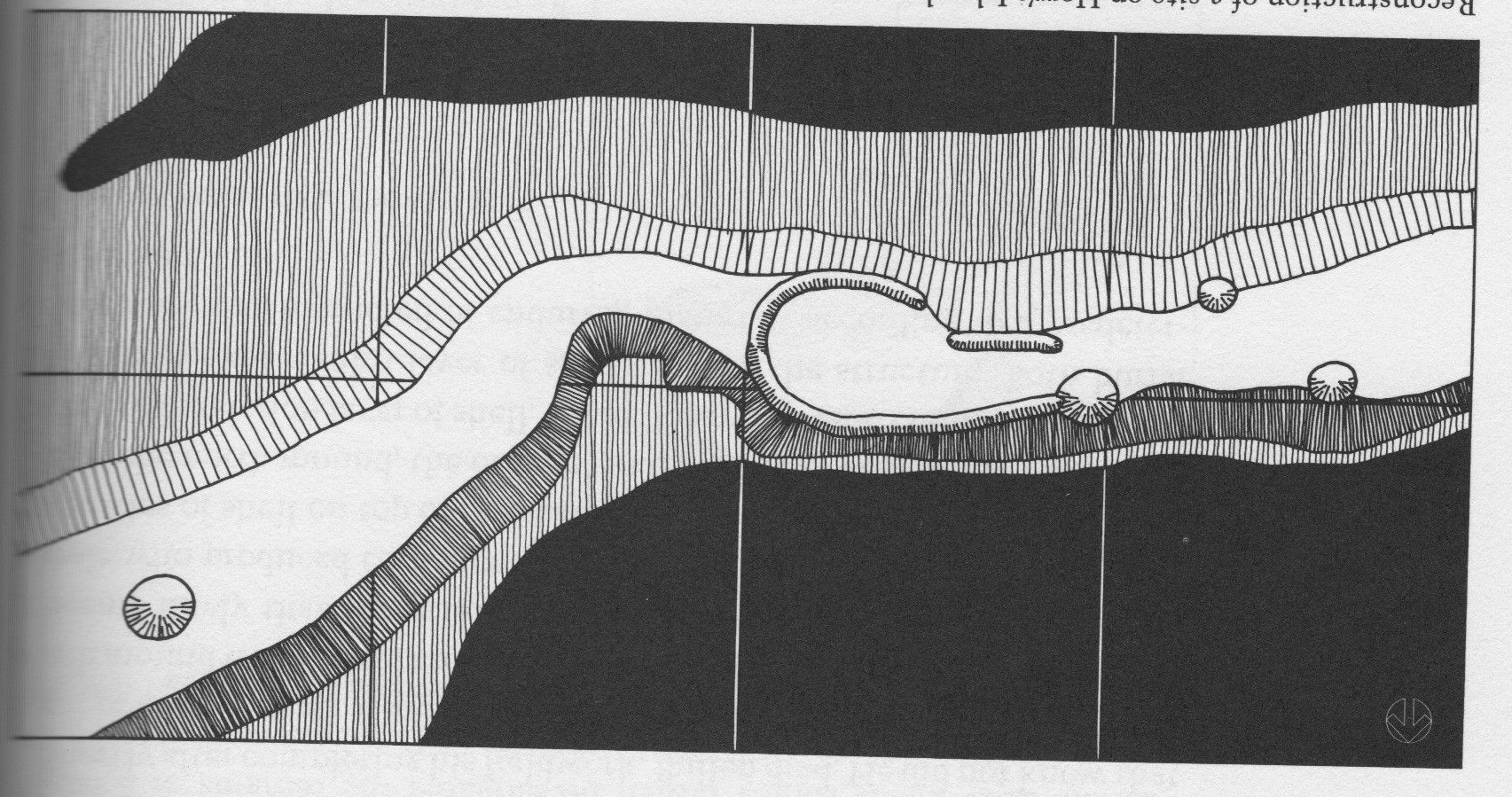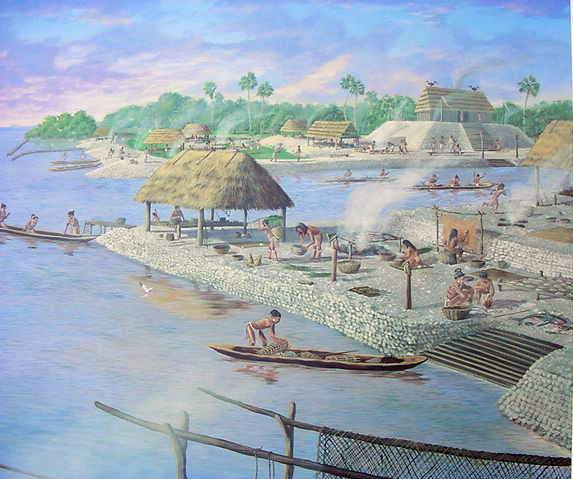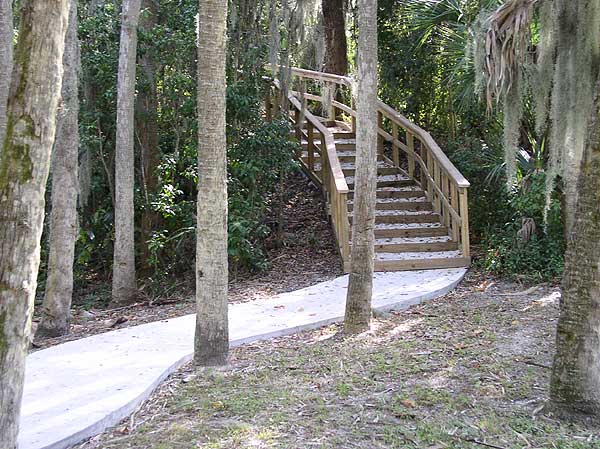Shields & Mount Royal Mounds (1200 AD)
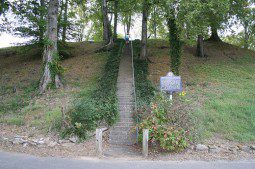 The Mississippian Period that started with the building of Lake Jackson Mounds continued with the Shields and Mount Royal Mounds. During this period the Indians created the most sophisticated civilizations outside of Mexico and constructed some of the most complex Indian mound centers in the state of Florida as well as in the entire southeastern United States.
The Mississippian Period that started with the building of Lake Jackson Mounds continued with the Shields and Mount Royal Mounds. During this period the Indians created the most sophisticated civilizations outside of Mexico and constructed some of the most complex Indian mound centers in the state of Florida as well as in the entire southeastern United States.
The Shields & Mount Royal Indian Mounds are situated on the eastern side of the St. Johns River in Putnam county,approximately 40 miles south of St. Augustine, Florida. The Shields and Mount Royal mound centers featured a single mound connected to a manmade pond via a long straight highway making them unlike any other Indian mound complex in North America. The following is a description of the site from the early 1800s when the site was still relatively in-tact:
…a noble Indian highway, which led from the great mount, on a straight line, three quarters of a mile…it was terminated by palms and laurel magnolias, on the verge of an oblong artificial lake, which was on the edge of an extensive green level savanna. The grand highway was about fifty yards wide, such a little below the common level, and the earth thrown up on each side, making a bank about two feet high.
These mounds date back to 1200 AD. The site has been incessantly inhabited by different civilizations from AD 1200 through present-day. The region was traditionally treated as a trail crossing point for the British, Spanish and succeeding groups and it also served as a landing site for vessels. B. Calvin Jones guided volunteers in the course of excavations funded by the Bureau of Archaeological Exploration in 1983, 1994 and 1995.
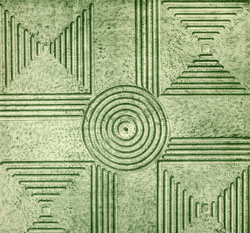 The relic collection from the collective 1983, 1994 and 1995 quarry seasons comprises over 38,186 acknowledged artifacts and plentiful new plant and animal remnants. Over 90% of the objects were of Native American origin, 3% were of British origin, 3% were of Spanish origin and the left behind artifacts were related with 19th and 20th century Anglo-American invasion of the site. The relics are Spanish majolica earthenware, mottled-silver and glass beads, bottle and window glass wreckage, lead sprue and shot, metal fasteners, Jesuit religious pendants, crude earthenware pieces and Indigenous American pottery bits. Features include cooking fireplace, and postholes symptomatic of dwellings.
The relic collection from the collective 1983, 1994 and 1995 quarry seasons comprises over 38,186 acknowledged artifacts and plentiful new plant and animal remnants. Over 90% of the objects were of Native American origin, 3% were of British origin, 3% were of Spanish origin and the left behind artifacts were related with 19th and 20th century Anglo-American invasion of the site. The relics are Spanish majolica earthenware, mottled-silver and glass beads, bottle and window glass wreckage, lead sprue and shot, metal fasteners, Jesuit religious pendants, crude earthenware pieces and Indigenous American pottery bits. Features include cooking fireplace, and postholes symptomatic of dwellings.
One of the most important artifacts was a copper breastplate embossed with a design identical to one unearthed in a tomb from Spiro Mounds in Oklahoma. This shows that Florida’s Native Americans had wide ranging trade contacts with people at least as far west as Oklahoma.

